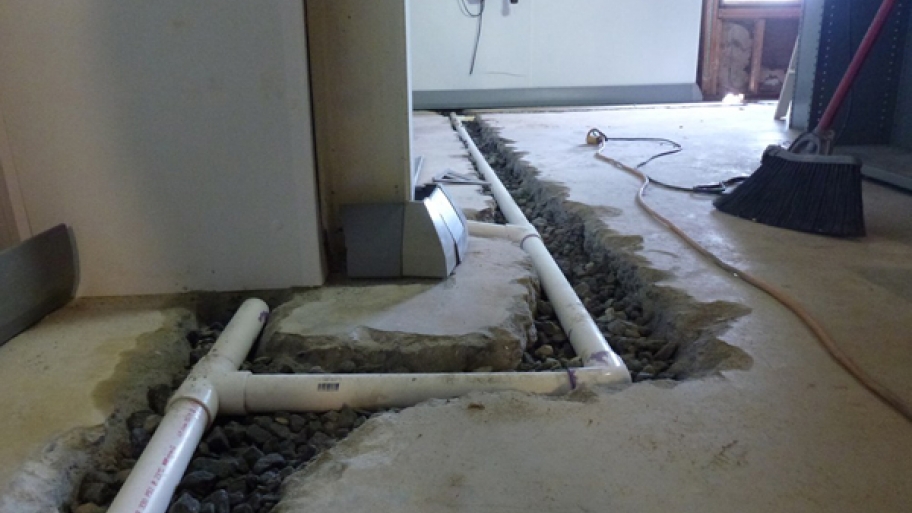Tanking a basement suggests that the item is applied internally or outwardly and is made to physically stop and keep back the water. This really is called Type A basement waterproofing. A Cavity Drain Membrane program is applied to the interior experience of the earth keeping structure where it may take the ingress of water depressurise it and handle it to a secure evacuation point. That is known as type C kind of cellar waterproofing.
Tanking as an application of basement waterproofing in Toronto to new structures has inherent risks. Whether you apply it internally or outwardly to the design tanking techniques have to be applied 100% deficiency free to be effective, if water is delivered under great pressure contrary to the structure. The ruling in the Large Judge of Justice was it is perhaps not affordable for a tanking or waterproofing process to be applied 100% problem free. What this implies is that if you style for or apply a cellar waterproofing system to the framework which must be 100% free from flaws to work and it fails you can be liable for the consequences of the failure. By their very character all tanking programs need to be 100% defect absolve to work when tried by water under some pressure from the ground.
Many new build cellar waterproofing patterns that integrate an additional tanking system also include a land strain the objective of which will be to help de-water the bordering floor areas and minimize the degree of water which can be shipped against the structure. You can find often several associated problems with area pipes used in cellar waterproofing. A land drain should be placed on the not in the structure below the degree of the inner piece such that it assists to ease the quantity of water fully level of the retained soil. Often times the career of the area drain is found on a drawing or mounted above the internal piece level and therefore could just actually be partly effective.
‘The form and feasibility of remedial treatment’is just a buzz phrase in the attic waterproofing industry. It means if there is a problem being able to get back to something to spot wherever and what the thing is and then correct it. This can be a trouble with both external tanking and land drains because they are usually buried under tonnes of earth. How big the land strain is yet another concern as who will precisely anticipate the volume of water which may be anticipated to come calmly to have at any time in the future? Also as previously mentioned the tanking system may possibly depend seriously on the land strain and just how can anyone assure it against deficiency or blockage later on – again the proper execution and feasibility of remedial treatment comes into question.
So the way a cavity strain membrane cellar waterproofing techniques like Program 500 performs is to supply air gaps and therefore depressurisation locations inside of the design which reduce the water pressure. This is completed firstly having an 8mm studded membrane placed on the walls. The stud account acts to carry the merchandise slightly from the structure to which it is applied.
Any water entering through the surfaces is depressurised within the air hole supplied by the studs of membrane, losses their effectiveness and comes to the wall/floor junction. A perforated drainage conduit is positioned at the base of the wall possibly in a recessed channel in the piece or on the slab with a coating of shut mobile insulation. The drainage gateway serves 3 major functions. The first is so it collects and offers water to a suitable drainage outlet to be evacuated from the structure. The second reason is that it acts as a questionnaire work at the wall/floor junction which acts to steadfastly keep up an air gap and therefore depressurisation zone at the point where water enters or ultimately ends up generally in most structures i.e. the wall/floor junction.
